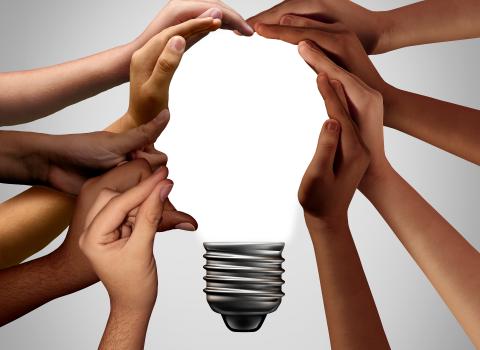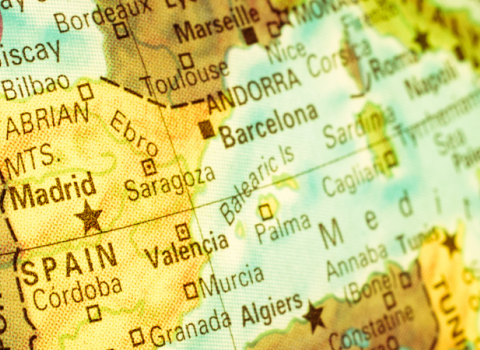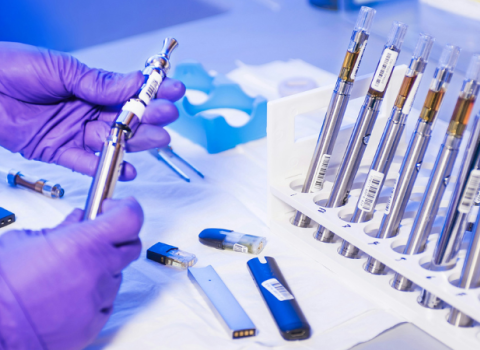Some time ago, sea activity was limited to fishing, transport and travel.
Today, we see so much more. Alongside a buoyant marine and coastal tourist industry, the sea is host to aquaculture and biotechnology projects, seabed mineral mining and marine renewable energy - to name but a few, says Maria do Céu Patrão Neves, MEP.
The political will to ensure sustainable exploitation of our seas has grown strongly over the years – not least through the engagement and interest of President of the European Commission, José Manuel Barroso.
The integrated maritime policy (IMP) – that represents Europe’s coordinated efforts in the marine and maritime fields – grew slowly following its launch in 2007. We didn’t see many concrete steps in its first few years. Now we are finally seeing – for the 2014 - 2020 period – suitable financial and legal instruments.
Activities in Europe’s seas – the so-called blue economy – today translate into 5.4 million jobs and a gross added-value of roughly €500 billion per year.
If we look forward to 2020, we can expect the figure to rise to seven million jobs and some €600 billion per year in revenue. This is hugely impressive.
It’s clearly not just fishing or shipping companies which have a stake in the sea any more: it’s a growing frontier for new science and business.
Avoiding conflicts
Now that we are many utilising the same sea areas, there is an added threat of conflict. Fishermen will not be happy if they see their preferred fishing grounds taken by offshore wind turbines, for example.
Concerned fishermen – or simply citizens with reservations about conserving the sea’s biodiversity - will rightly demand a comprehensive management plan for the sea. Such a plan will need to balance the interests of a growing number of people and reflect informed, sustainable choices.
We need to get more, better and broader knowledge about the sea in order to take full advantage of its enormous potential for promoting development, innovation and job creation. This is where underwater seabed mapping comes in.
Specialisation and sustainability
With this technology, there’s the potential to make a greater number of people happy. We can see future problems sooner. Instead of looking at activities in an unconnected way, we can apply a global view of all actions undertaken.It’s not just fishermen or those involved in the transport of goods that need more data - any new businesses hoping to research and commercialise areas of the sea do too.
Seabed mapping is an important tool to foresee where we can specialise and guarantee we live sustainably.
For fishing alone, mapping technology could tell us about the distribution and frequency of fishing fleets, fishing intensity, composition and volume of catches. We could see areas that are subject to greater fishing intensity and keep an eye on the volume of species being caught.
The technology for doing this exists now, but needs more investment, scientists who want and are able to use it and – of course – the will of member states. The European Commission, for its part, would like to complete seabed mapping by 2020 – which I’m happy to hear. An ambitious target maybe, but it’s nice to know it’s among the Commission’s priorities.
Research funding from the EU can certainly help us get to that point. In Horizon 2020 – the EU’s massive research funding programme with a budget of €80 billion up to 2020 – marine biotechnology enjoys a 38 per cent increase in funding from the previous period, 2007 - 2013. For the first time, there is a dedicated section, ‘Marine and maritime and inland water research, and the Bioeconomy’ dedicated to marine research. This is also good news.
Of course, some countries will invest more in marine and maritime than others. It’s absolutely reasonable for Portugal to look at the sea more closely than, say, Austria. But benefits can certainly be shared by all, whether directly or indirectly.
New challenges and frontiers
For some drivers of the blue economy – like seabed mineral mining – our goals, whilst worthwhile, are some way from realisation.
Wind is more profitable than tidal and wave energy right now. With some decades of research and sustained investment, I know these pictures will change.
Today, sixty per cent of the fish we eat is imported from Asia. This represents a very direct challenge to researchers and innovators: how can we develop European aquaculture and decrease this dependency? Elsewhere in the world, aquaculture continues to grow. Europe is behind – we need to invest more.
Opportunities in the marine and maritime sectors look set to increase. The European Union just signed a free trade agreement with Canada and is actively involved in negotiations with the US. We’re also expecting an expansion of the Panama Canal in 2015 or 2016.
These movements present the prospect, in the very near future, of the North Atlantic as an even wider place of trade, research and commercial opportunity.
Maria do Céu Patrão Neves sits on the European Parliament's committee on Fisheries (PECH)





 A unique international forum for public research organisations and companies to connect their external engagement with strategic interests around their R&D system.
A unique international forum for public research organisations and companies to connect their external engagement with strategic interests around their R&D system.